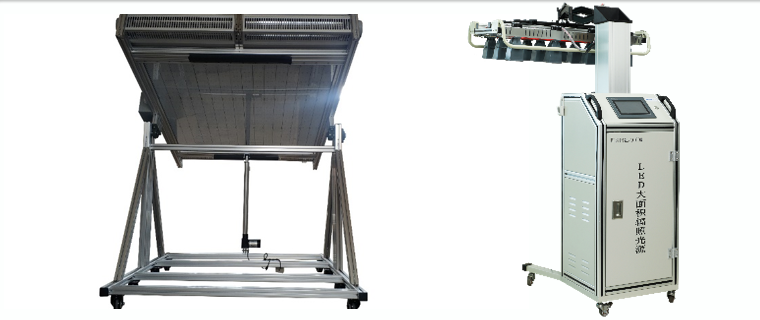When it comes to laboratory light sources, most people's initial reaction to cold and hot light sources is that a source emitting a lot of heat is a hot light source, and conversely, a source emitting less heat is a cold light source.
But what are cold light sources and hot light sources? In reality, whether a light source is considered cold or hot is not determined by the external temperature of the lamp but rather by the quality of its heat dissipation. The external temperature merely reflects the effectiveness of its heat dissipation mechanisms.
1. How to differentiate between cold and hot light sources?
Light sources that are stimulated by chemical energy, electrical energy, or biological energy are referred to as cold light sources. Light sources that produce light radiation by heating an object are called hot light sources.
It's important to note that cold light sources do generate some heat; it's just that their emission of light is not a result of the conversion of thermal energy into light energy.
For instance, LED light sources are typical cold light sources. The core of an LED light source consists of a chip made up of p-type and n-type semiconductors with a transition layer in between called the p-n junction. In certain semiconductor materials, when minority carriers injected into the p-n junction combine with majority carriers, they release excess energy in the form of light. This directly converts electrical energy into light energy, which is the principle behind LED light sources.
In contrast, incandescent bulbs are typical hot light sources. They first convert electrical energy into thermal energy. When the filament reaches a very high temperature, the outer electrons of the elements making up the filament material become excited, causing them to transition to higher energy outer layers. When these electrons transition back to lower energy layers, the excess energy is emitted as light, completing the conversion from thermal energy to light energy.
So, differentiating between cold and hot light sources cannot be simply based on the external temperature of the lamp. Cold light sources do not mean they do not produce heat; the key is to understand their light-emitting principle and see if it involves generating light radiation by heating an object.
2. Advantages of Cold and Hot Light Sources:
Advantages of Hot Light Sources:
1) Their light emission characteristics can be precisely estimated using Planck's formula;
2) They emit a continuous spectrum of light, and the spectrum range is very wide;
3) Most of these light sources are electrically heated, and by controlling the input power and using proper voltage or current regulation, their light output can achieve higher stability.
Advantages of Cold Light Sources:
1) When cold light sources emit light, their temperature does not significantly exceed the ambient temperature. This makes LED light sources a suitable choice for light-thermal catalytic experiments or when specific light output temperatures are required because irradiating with LED light sources does not cause significant temperature changes in the reaction system;
2) Due to their lower heat output, the heat dissipation components of cold light sources are relatively small;
3) The light-emitting principle of cold light sources means that they generally have a longer lifespan compared to hot light sources because cold light sources experience minimal burning out and aging. For example, the lifespan of LED light sources can be as long as 10,000 hours.
3. Applications of LED Light Sources:
In the early stages of photochemical experiments, researchers often used xenon lamp light sources to simulate sunlight. However, as experiments progressed from the laboratory stage to small-scale production, the advantages of LED light sources became evident.
1) LED light sources are cold light sources, emitting very little heat. Their heat dissipation components are also small. In contrast, xenon lamp light sources generate significantly more heat during operation, which not only affects the lifespan of the bulb but also introduces heat effects to the materials being irradiated. Especially in cases requiring large-area light sources, xenon lamp light sources require multiple heat dissipation components, typically resulting in a larger size. Due to spatial constraints in experimental settings, LED light sources are more suitable.
2) LED light sources consist of single light-emitting elements in their structure. These elements can be integrated into various structures based on the application, such as array light-emitting elements, flexible light strips, and rigid light bars. Additionally, LED light sources can provide specific light spectra by combining multiple light-emitting elements to simulate sunlight or meet other special requirements.
To address the issue of large-area light sources for small-scale production, Perfectlight Technology has developed two different large-area irradiation light sources for different experimental scenarios:
PLS-DPCR-1.0 square-meter scale photocatalytic reaction demonstration device and PLS PGL-O1000 LED large-area irradiation light source. Both of these devices utilize LED light sources as their light-emitting carriers.

Figure 1. PLS-DPCR-1.0 square-meter scale photocatalytic reaction demonstration device and PLS PGL-O1000 LED large-area irradiation light source.
For more detailed information about these two products, you can click on "What light source to choose for large-area photochemical irradiation experiments when xenon lamp light sources are insufficient?" to learn more.